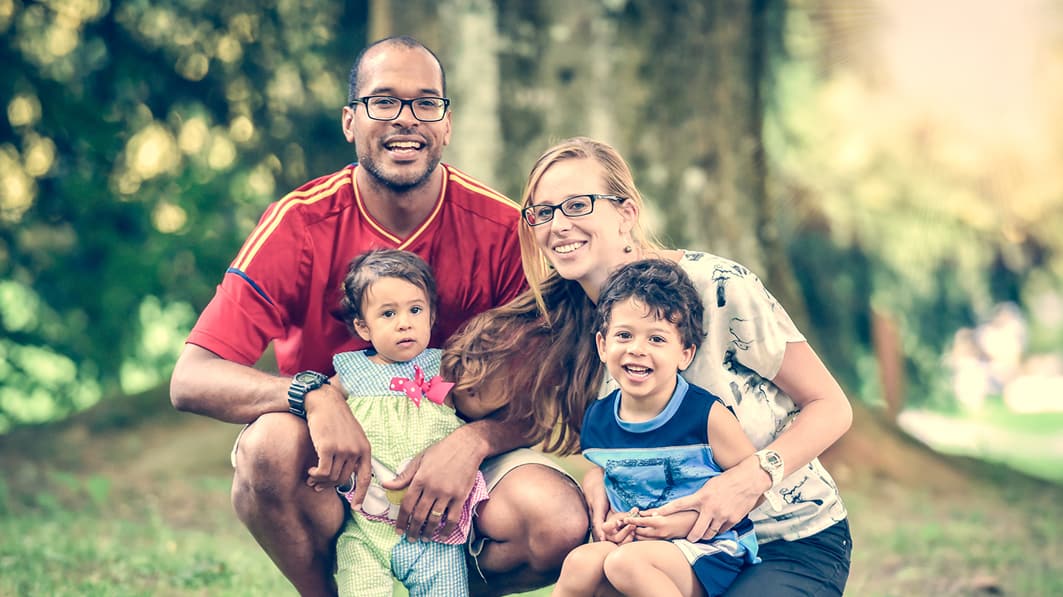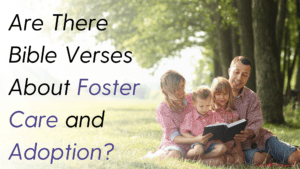When considering if adoption is right for your family, it is important to know the distinctions between the different types.
Domestic Infant Adoption
In a domestic infant adoption, a birth mother makes an intentional adoption plan for the baby. Often this involves working directly with a licensed placing agency that will facilitate the adoption between the birth mother and the adoptive parents. Agencies licensed to do this often have many potential adoptive families, and the birth mother frequently has some level of input regarding whom the adoptive family should be.
The costs for a domestic infant adoption range from $20,000 to $40,000. These costs can be partially offset by tax credits, which currently amount to more than $13,000 per adoption attempt. A domestic adoption can involve a lengthy waiting period, particularly for families who are very specific about the child they’re waiting for. However, for families only considering infant adoption, this tends to be the most popular option. Families should research the agency they want to work with to be sure it is reputable.
Intercountry (International) Adoption
As the name suggests, intercountry (international) adoption involves adopting children from another country. Not all countries are open to adoption by U.S. citizens, and not all agencies are licensed to facilitate adoptions from all countries. Because an international adoption involves two different governments, families must meet the adoption requirements for each country.
Before starting down this path, take the time to research and ask questions in order to identify those agencies best qualified to complete the adoption. International adoption is often expensive – ranging between $15,000 and $45,000 depending on the country and agency you work with – and the wait can be lengthy, anywhere between one and four years.
It’s also important to understand that a country reserves the right to deny an adoption or close adoption proceedings abruptly if they deem it necessary or appropriate – regardless of the number of families currently in the process.
Adoption From Foster Care
Adopting a child from the U.S. foster care system is a frequently overlooked option. Many people don’t realize how many orphans there are in America because we no longer have orphanages, yet there are currently more than 100,000 children and youth in foster care waiting for adoptive families to call their own.
These hidden and often forgotten kids need love and security as much as any of God’s children. Children in foster care are usually older and have had a difficult start in life. Their birth parents’ rights were terminated so that they could have the opportunity to have a safe, healthy and happy family. These kids wait in foster care to be adopted. Their only legal parent is the state or county with custody of them.
There are minimal costs associated with adoption from foster care that can range from $0 to $2,500, and many expenses may be reimbursed through the state. Most states also provide Medicaid coverage for children until they turn 18, regardless of when an adoption was finalized. (A licensed agency in your state can provide specifics about available assistance.)
Many children in foster care may have specific factors or conditions that make them more difficult to place for adoption. Each state sets its own “special needs” definition, which may include the child’s ethnic background, age, sibling-group status, medical condition or physical, mental and emotional disabilities. The sooner they find a permanent home for each child, the better.
The majority of these kids have an unseen label or stigma that identifies them as “second class” or “not good enough.” But we know the reality – these kids are as valued by God as any child.
The U.S. has more than 300,000 churches, and God has given clear commands for Christians to take care of children in need of families. So if the command is clear and the need is apparent, why are so many kids still waiting?
Given the number of churches throughout the U.S., every waiting child in foster care could have a family today if just one family per church opened their home and hearts. The scope of this problem is too big for any one person or organization to solve, but we together we can make a difference.
For more information on adoption from foster care in your state, visit iCareAboutOrphans.org.



















